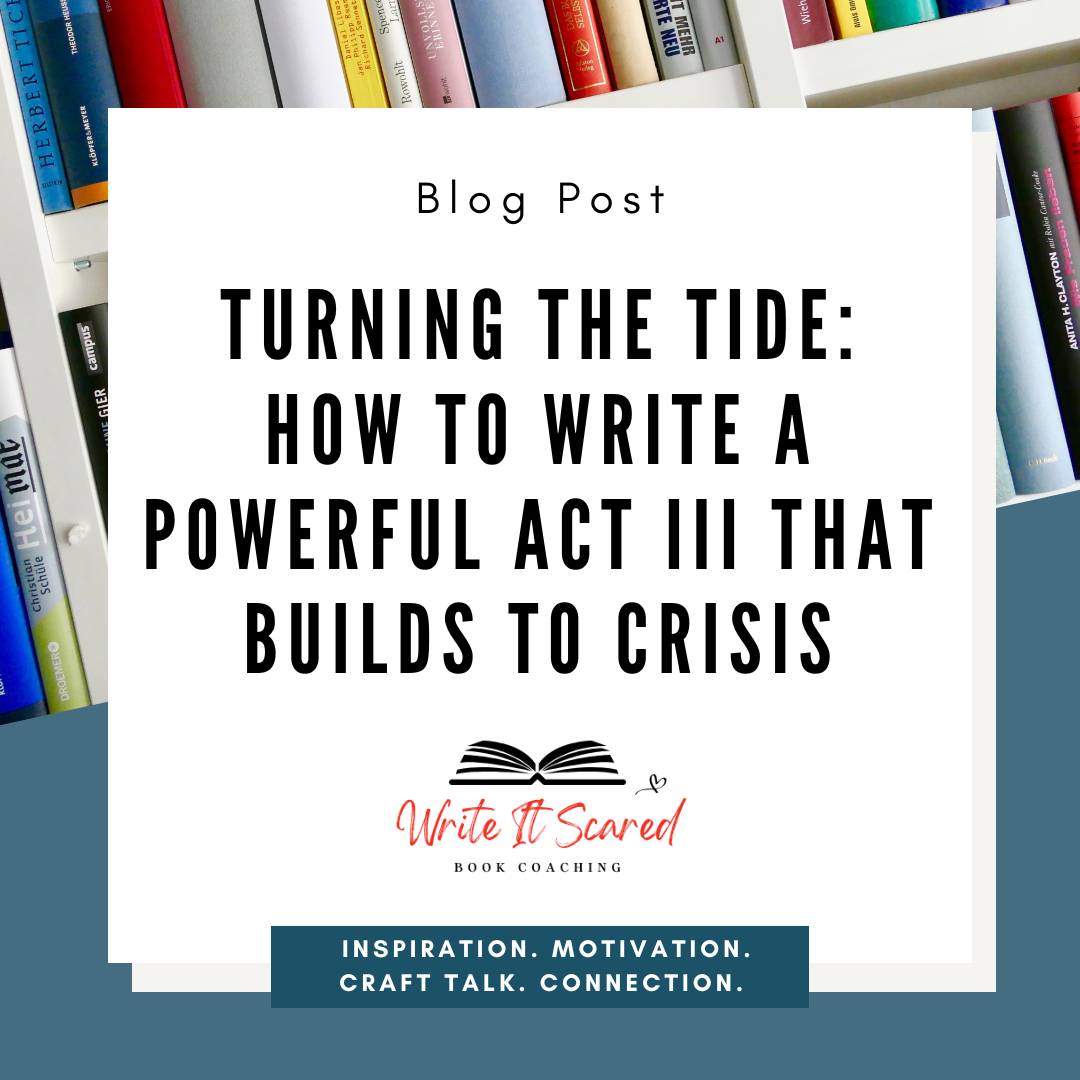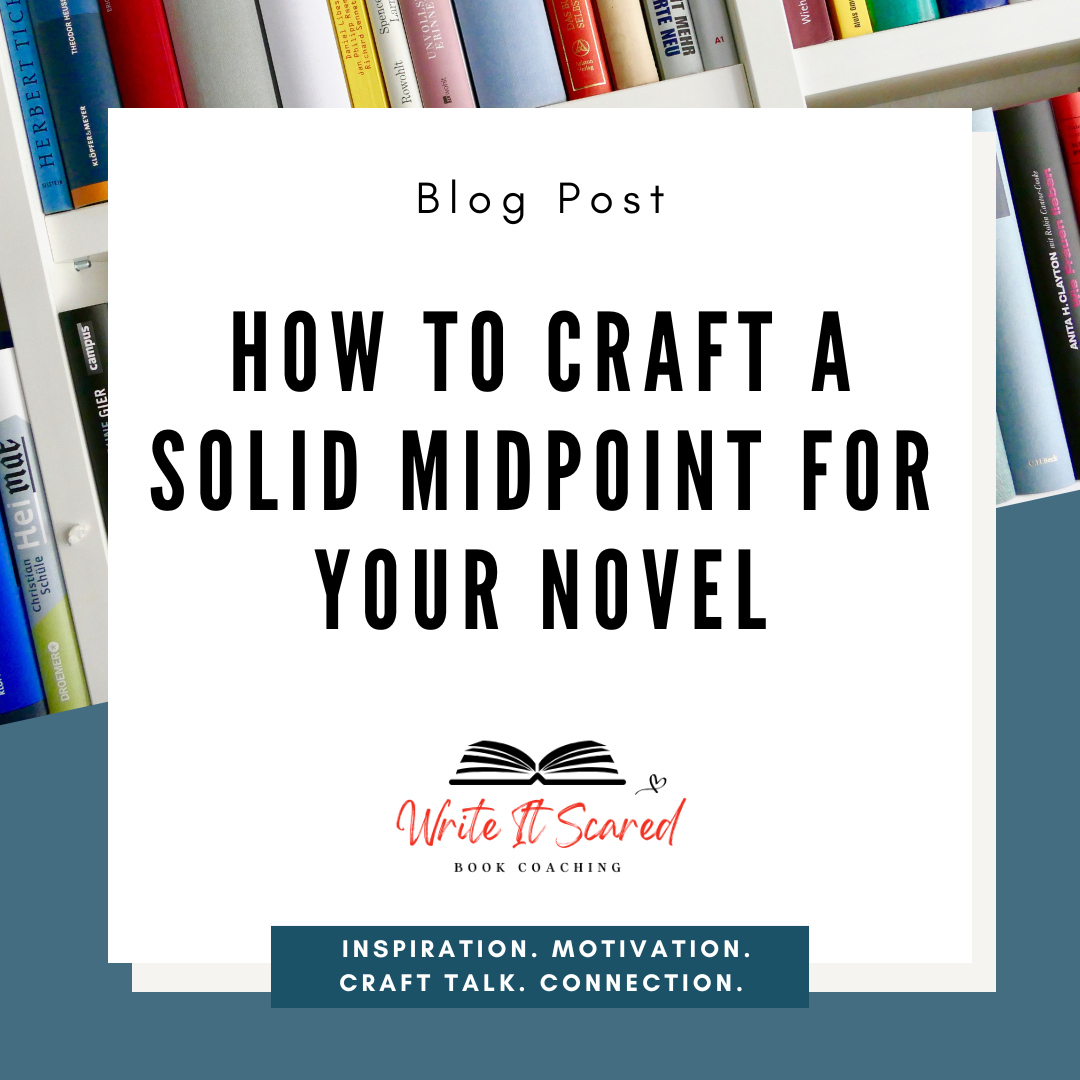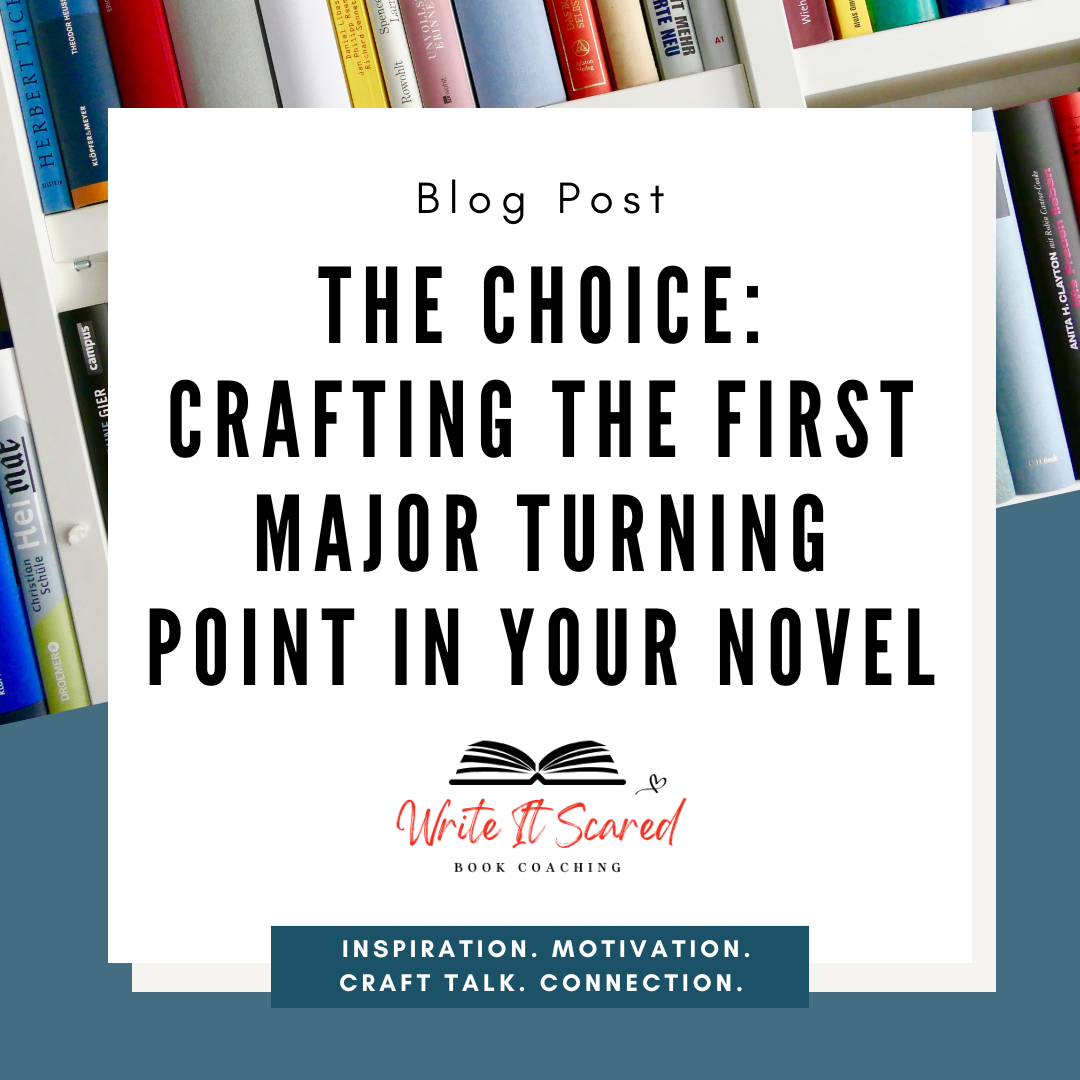
How to Use Genre To Structure Your Novel
The writing industry puts a lot of focus on the importance of a writer identifying their genre once the book has been written to determine where it will fit in the marketplace, but minimal emphasis on identifying genre before you begin to write it.
This is a problem because a book’s genre is much more than which shelf it sits on in a bookstore.

What You Need to Know About Positive Character Arcs and Their Subtypes
What you need to know about positive character arcs and their subtypes.
Stories featuring a protagonist with a positive character arc are usually about hope, inspiration, and overcoming. So, it's no surprise they are popular.
We love seeing people overcome difficult situations and uncover the error of their ways so they can change for the better.

How To Write An Emotionally Satisfying Resolution For Your Fiction Novel
The end of the story has one seemingly simple job–to satisfy the reader. Let them say, ah, now that was worth it.
The key to a great resolution is to allow for emotional resonance between the story, the main character or characters, and the reader.
So how do we do that?
First, let’s remember where we’ve been to better understand where we’re going. And keep in mind that a story is about one thing: showing an irreversible change in the main character, the situation, or both.
The story’s resolution begins right after the last climactic event and continues to the final page.

How To Write A Gripping Climax For Your Fiction Novel
The climax is a series of connected scenes that take us to the last dramatic change (big moment), where the protagonist and the antagonist (bad guy, bad situation, bad internal flaw) go head-to-head. Someone wins, someone loses, and because of this, our character’s inner journey is completed. After that, there’s no more story to tell.
This is a big deal. It’s rubber meet the road time, and the story will live on in the reader’s mind as an epic success or a floppy failure based on this moment.
No pressure, right? Ha!

How To Write An Effective All Is Lost Moment And Dark Night Of The Soul
The All is Lost is an action beat played out in a single scene or chapter that lands right at the 75% mark of the novel. This event shatters all hope of the protagonist reaching their main external objective. It closes out Act III in Four-Act Story Structure. In Three Act Structure, it’s also called the Third Plot Point.
As the name suggests, the All is Lost moment is your main character’s rock bottom emotional low point. They were so close to getting what they wanted, but now, because of this event, there’s no chance in hell they’ll recover, or so it seems.

Turning the Tide: How to Write a Powerful Act III That Builds to Crisis
I like to think of Act III in the Four-Act story structure (from the midpoint to the all is lost) as the time when shit gets real and stays real, and the hero fights with proactive energy and new information.
Things that occur:
Progressive complications and higher stakes. After all, there is no turning back for the main character.
The second pinch point, where the antagonist gives the main character a smack down and foreshadows the All is Lost Moment (the Third Plot Point in a three-act structure) and the story’s climax.
All is Lost: represents the Moment in the story where all hope is lost in the main character reaching the external story goal.

How To Craft A Solid Midpoint For Your Novel
The Midpoint is all about shifts.
It’s a significant moment, but that doesn’t mean it needs to be loud or aggressive. It can be subtle.
But something opens the character’s eyes to the bigger picture. This event will make the character stop and take stock of their situation and circumstances, and the personal stakes increase yet again because of this new understanding.
The Midpoint will change the trajectory of the character’s life in much the same way the inciting incident did, and the decision they make here will shape the rest of the story.

How To Avoid The Saggy Middle When Writing a Novel: The Pinch Point Discussion
How to avoid writing a saggy middle for your novel
The middle make up the vast major it of a novel. It’s a lot of ground cover, and my work with writers and my flailing has shown me that this is part of the story where things can get repetitive, drawn out, and bogged down. To put it simply: boring.
How can a writer prevent this?
Cue the Pinch Point discussion.

How to Challenge Your Character and Deepen the Plot in Act II
What happens in Act II:
Our protagonist struggles to come to grips with new information, possibly new relationships, or relationships that have taken on a new meaning. They are swimming upstream, and the water is choppy. There may or may not be sharks. There are probably sharks. Even though things are tough and a lot of internal processing is going on, they are still actively pursuing their goal, which is not pretty. They fail—a lot.
They continue acting from their false beliefs, flaws, and fears and don’t have the emotional or physical skills to conquer the main story problem yet. They may not even be completely aware of the main story problem, but they are learning, which is the point.

The Choice: Crafting the First Major Turning Point in Your Novel
In the last blog article, we talked about the inciting incident, which is the first significant disruption to the character’s life linked to the plot. The character can resist or engage, but they are not fully committed. They could walk away and often try. However, if we let them, they can teeter here on a threshold because the stakes aren’t personal enough yet.
We need to make our character go all in.
This brings us to our next big story moment- what I like to call The Choice. As with all things in storytelling, it goes by many names: the First Plot Point, the Point of No Return, Crossing the Threshold for Campbell fans, and Break into Two via Save The Cat. I like The Choice because that is what the character needs to do to move forward. They must decide to enter the new world of act two, where they are swimming upstream in uncertain waters. And something very compelling needs to happen to make them willing to swim with the sharks.

How to Craft an Inciting Incident for Your Fiction Novel
As with all things in writing, the inciting incident goes by many names: the catalyst, the call to adventure, the plot thrust, and the hook.

Why Story Structure Isn’t a Formula—And Why Every Writer Still Needs It
Story structure can make new writers nervous because they worry about following a formula. How can you be original if you are essentially following a recipe?
No need to worry, writer.
Story structure is in no way formulaic.
As Shawn Coyne, author of The Story Grid, puts it, story structure is form, not a formula.
